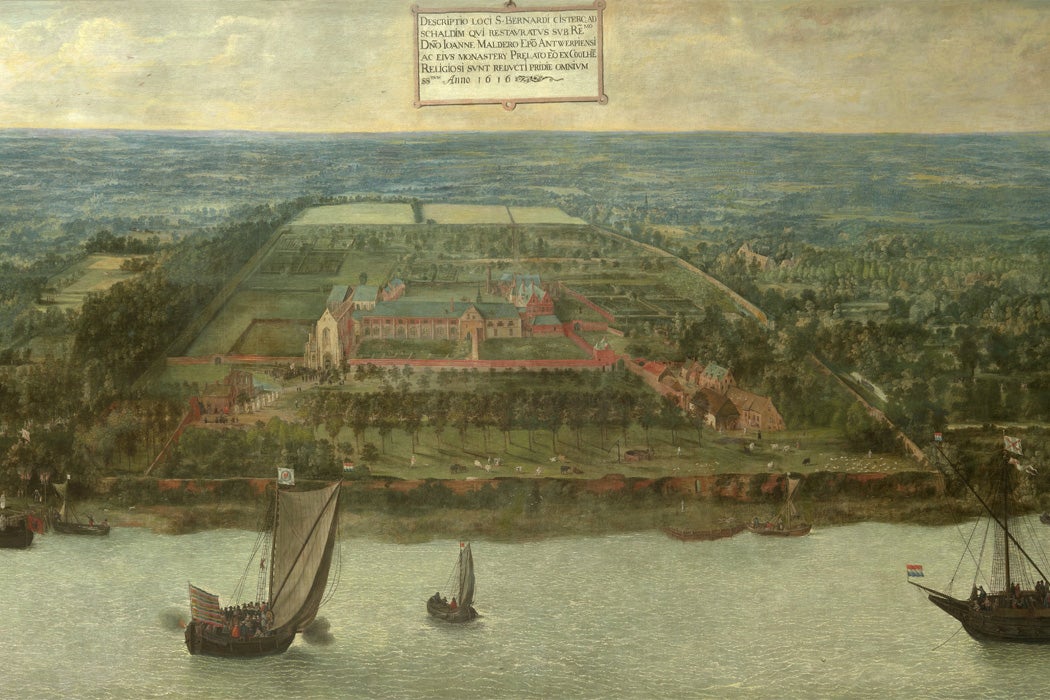In Sylvia Townsend Warner’s newly republished novel The Corner That Held Them, much is made of the financial distress of an isolated convent, in the era of the Black Death. Medieval monasteries might have been set up as enclosures of prayer and devotion at odds with the quotidian, but they still needed firewood and food. Somebody had to pay for upkeep, repairs, and expansions.
In Warner’s novel, the minor abbey is by necessity very worldly indeed. Dubious dowries, uncollectable rents, fickle patronage—there’s more Mammon than God as the nuns struggle to get by.
So what were the finances actually like in late medieval “women’s houses”? As historian Erin L. Jordan writes, there is a “considerable body of documentation about monasteries previously neglected by scholars.” This is especially so for the Cistercian order, which had its origins in the late eleventh century, and which set up hundreds of new abbeys within a few decades. These records complicate the traditional reading of gender and patronage in monastic life. The historiography is full of assumptions that men’s houses scored the serious patronage because nuns “were perceived as less capable than men of offering patrons an effective spiritual return on their material investments.” Against such assumptions, Jordan, who dug into the records of thirty-seven Cistercian foundations for men and women in thirteenth-century Flanders and Hainaut, offers evidence of much greater complexity. There were solid patrons for women’s houses after all.
A royal was as good a patron as you could get. Flanders and Hainaut had been united under Baldwin IX in 1190. After his death in the Fourth Crusade, his daughter Jeanne ruled until 1244, then her sister Marguerite ruled until 1280. “In spite of (or perhaps because of) their tumultuous personal and political lives, both women were avid supporters of religious communities in their domains.”
Weekly Newsletter
But it wasn’t just the royal ladies. The records show that “patrons of both sexes established Cistercian nunneries, and those nunneries went on to attract gifts from both male and female donors.”
Jordan doesn’t deny that there were very real disparities between men’s and women’s houses:
Since patronage can no longer be identified as the root of the physical disparities between men’s and women’s houses, an alternative explanation is required. The evidence examined here suggest that such explanations lie in the consideration of more pragmatic factors, notably the date of foundation, location, and circumstances of origin.
She notes that these very gendered abbeys can be thought of “as complementary rather than as competitors.” While Sylvia Townsend Warner’s fictional abbey is Benedictine, not Cistercian, both her vivid historical recreation and Jordan’s detailed history can also be seen as complementary, too.







